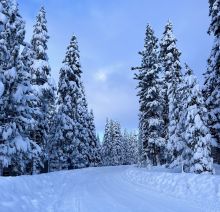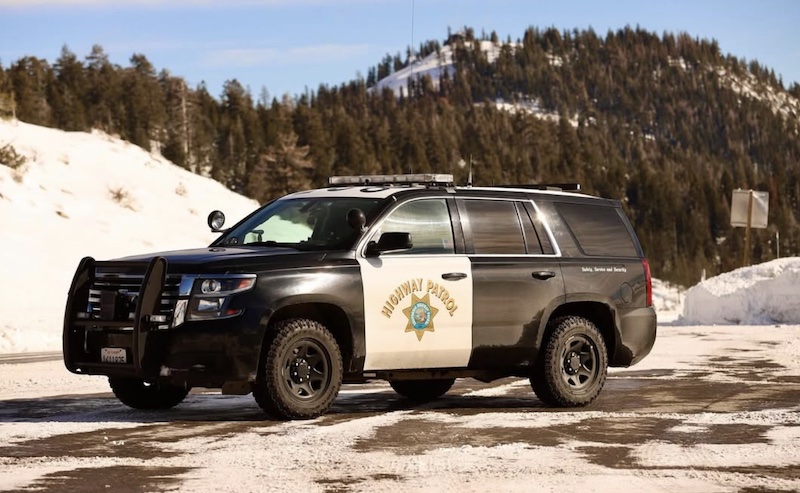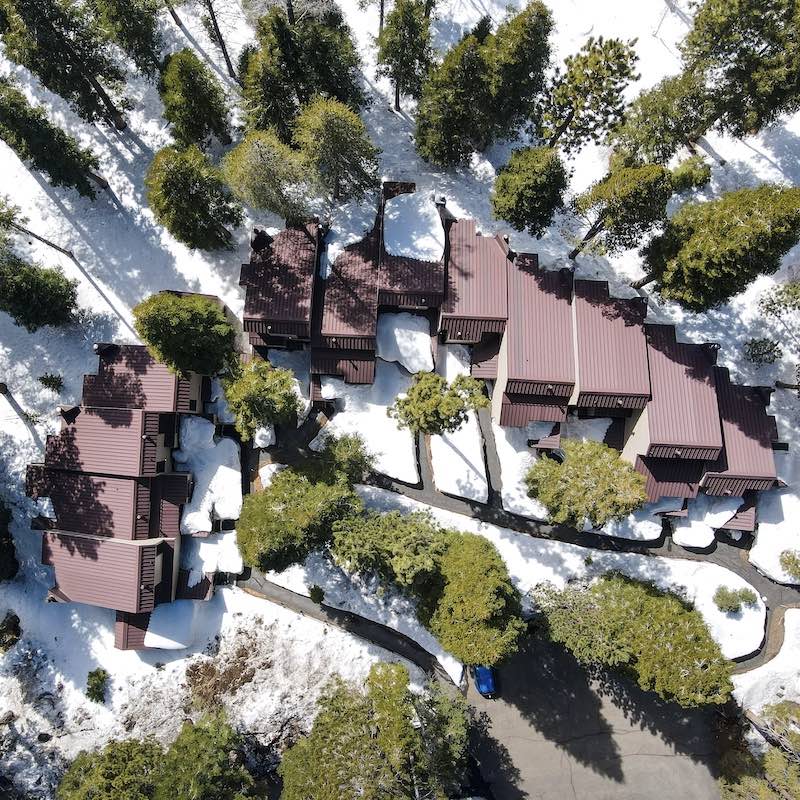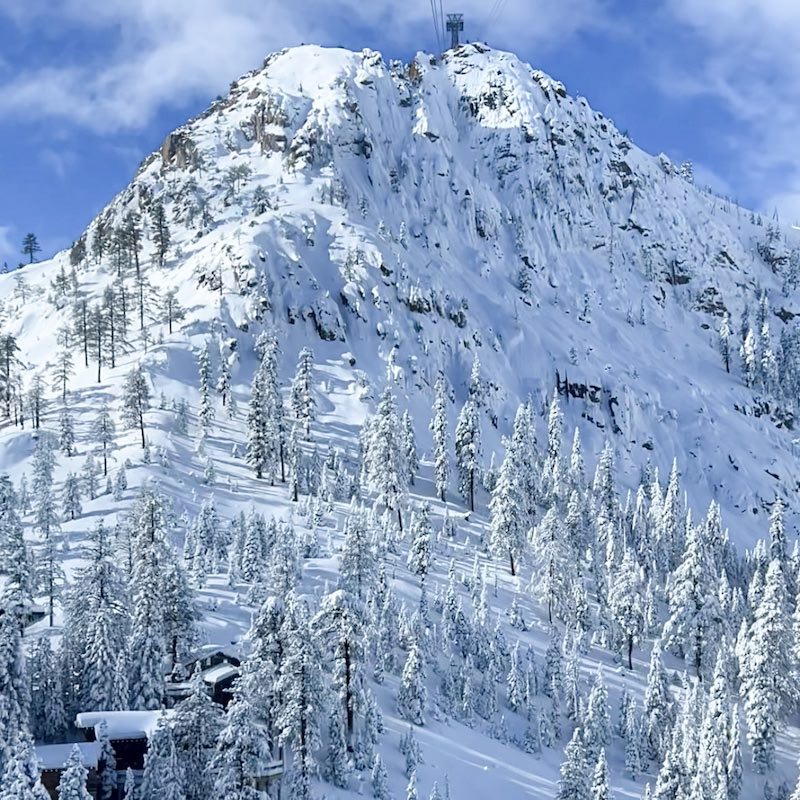
Temperatures are dropping, days are getting shorter, and the once vibrant autumn leaves are now covering the trails. With the end of Daylight Savings rapidly approaching (November 3), we are reminded that winter is almost here. It’s about time to start making preparations to ensure a fun, safe and seamless season.
Winter brings magic to the mountains. The snow covers the landscape, transforming it into a winter wonderland. Holiday lights brighten the night and bring a sense of wonder and nostalgia. The ski resorts are alive with activities for all ages and levels. Skiers, snowboarders, sledders and skaters alike are enjoying their activities with loved ones.
But the season also presents a variety of potential hazards. Winter storms can lead to accidents and the closure of roads and highways. Power outages can occur on a widespread scale, leaving entire towns without electricity, heat and WiFi. Avalanches can occur – and not just deep in the backcountry.

Check the Forecast and Plan Ahead
As winter weather can change rapidly, it’s always important to have a Plan B. First and foremost, it’s crucial to be aware of the forecasted weather, road conditions and potential hazards that could arise during your trip.
One thing I have learned from extensive travel and living in the mountains is to be consistent on checking the conditions, make a habit of leaving early and keep an emergency kit in my car. This kit, which I keep in a backpack, includes water, electrolyte tabs, camping food, a flashlight, a headlamp, batteries, warm layers and gloves.
I also make sure to have a paper map of local services should I get stuck. This includes outlining gas stations, hotels and local emergency services.
Here are some links to check upcoming weather and road conditions:
Weather.govHave Proper Layers of Clothing
Winter is a time to get out our jackets, beanies and boots. It’s a time to not only feel cozy and stylish, but also to have durable layers that keep us safe and warm from the harsh elements.
Base layers, also called thermals, are essential to keeping your skin dry and adding an additional layer of warmth. These are typically the first layers you will put on and will look like long sleeve shirts and leggings.
Next, you will need a warm middle layer. This is typically a puffy jacket or fleece jacket. This layer will help for insulation to maximize keeping your body temperature warm and regulated.
Your outer layer will be a protective shell, typically made from a waterproof or water-resistant GoreTex. This layer is to shield you from the elements such as snow, rain and wind.
Make sure you have proper gloves. I have multiple pairs for different weather conditions. Just like clothing, you can layer them. I also like to keep disposable hand and feet warmers available to add an extra boost of warmth inside my gloves and socks.
I also recommend beanies and headbands for an extra layer of warmth on your head. You can also use a neck gaiter to pull up on the lower half of your face, which can really come in handy if there are cold winds.
Proper footwear is essential to keep you from sliding or falling on ice. Make sure you have boots with insulation and tread.

Make sure to get your home prepared for the winter and stay warm! Photo by Kirsten Alexis.
Prepare Your Home
Now is a great time to start winterizing your home. Before the snow comes, it’s important to make sure you do a thorough inspection of the interior and exterior. For extra peace of mind, hire a professional to come out and help.
Below, I made checklist outlining the essentials to help you get started.
Interior:
-
Check your fireplace. You might want to call for an inspection on this one to make sure there’s no debris or buildup.
-
Check your windows to ensure they are sealed properly. This way, no cold air can enter. You can add weather stripping on your windows and doors to make sure you have protection from the elements.
-
Check to make sure your thermostat and heater are working properly.
-
Make sure your furnace has a clean filter.
-
Check your pipes, valves and water system.
-
Test your smoke alarms and carbon monoxide detectors.
-
Have an emergency kit and extra items around the house should a power outage occur. Some items I recommend are an extra bundle of firewood, thick blankets, flashlights or headlamps, batteries, candles, matches, bottled water, nonperishable food items, extra pet food, portable chargers and a first aid kit.
Exterior:
-
Clean your gutters. You will want to make sure that there is no extra debris there when the snow begins to fall. Typically, a good time to clean them is when all the leaves have fallen off.
-
Inspect your roof for any damage or deformities. Make sure to clean debris off it.
-
Clear debris from your front and backyard.
-
Put away the garden hoses.
-
Inspect the driveway, pathways, stairs and handrails.
-
Make sure that you have proper tools for snow plowing around your property, such as shovels, ice melt or salt, or a snowblower.
Prepare Your Car
It’s also imperative to make sure that your car is prepared for the winter elements. I highly encourage taking your car in for a pre-winter service to ensure that everything is working, should any worse-case scenario arise on the road.
I have created a checklist for you to start out with below.
-
Make sure that you have the proper tires, such as winter tires or mud and snow.
-
Check your tire pressure.
-
Test your battery.
-
Make sure your wiper blades are working.
-
Check your brakes and brake pads.
-
Make sure your lights are working.
-
Check your antifreeze and oil.
-
Have a set of chains in the car.
-
Have a snow brush and ice scraper.
-
Have an emergency kit with blankets, first aid, road flares, tire patches, water, food, extra layers, socks, gloves, flashlights or headlamps, batteries and a portable charger.

Learn Avalanche Safety and Have the Proper Gear
Wherever you are, it’s important to be aware of your surroundings, know the potential hazards to look for and to be prepared. I highly recommend taking an introductory course if you do plan to go into the backcountry or more advanced ski runs. This way, you will be equipped with knowledge on what to look out for, but also how to rescue yourself and others.
It is also important to have the right gear, which you can buy or rent here in town. To start, it’s important to have a beacon, probe and shovel. And always wear your helmet!
I hope you find these tips helpful and that you have a fun and safe winter! See you on the slopes!


 Kirsten is an outdoor adventure enthusiast, writer and photographer. You can typically find her hiking, paddleboarding, cross-country skiing and checking out new spots to share in the Tahoe Donner region. She has been lucky to call Tahoe her second home since she was a child and aims to inspire people to experience Tahoe and fall in love with the beauty and adventurous spirit of the region through her blogs and content.
Kirsten is an outdoor adventure enthusiast, writer and photographer. You can typically find her hiking, paddleboarding, cross-country skiing and checking out new spots to share in the Tahoe Donner region. She has been lucky to call Tahoe her second home since she was a child and aims to inspire people to experience Tahoe and fall in love with the beauty and adventurous spirit of the region through her blogs and content. 





